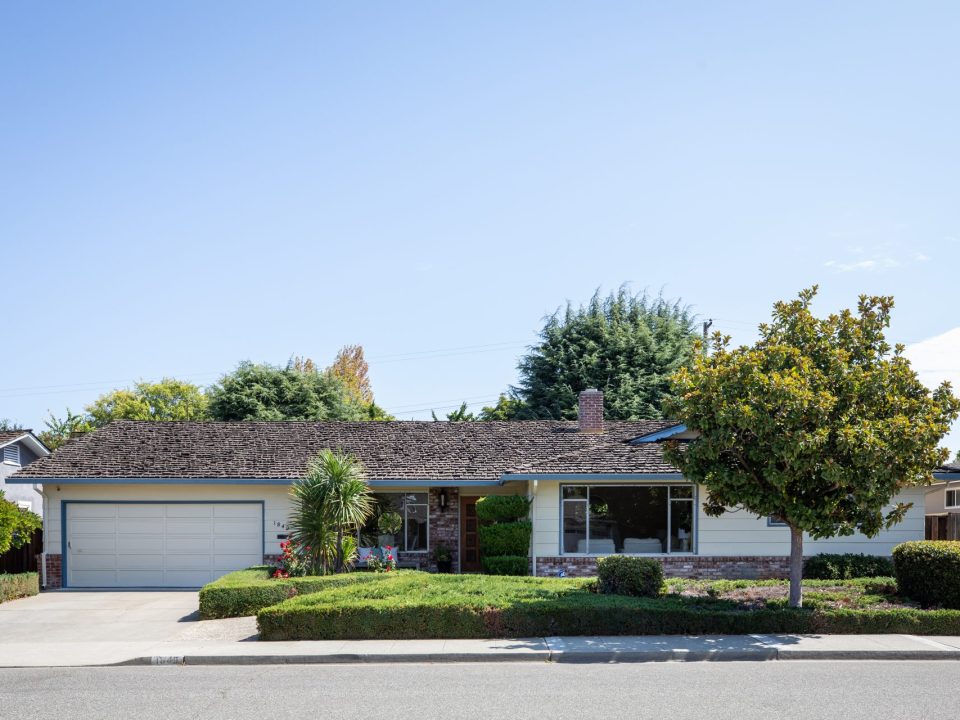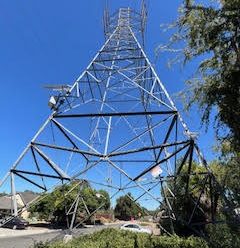Bad Pricing Strategies That Will Likely Come Back To Bite Sellers In The Arse!
Pricing a home to sell has always been somewhat of an art. Price it too high and it will never sell. Price it too low and you may leave money on the table or do you?
During the last several years of our strong seller’s market, the mantra had been “price them high watch them die, price them low and watch them go.” Overpriced homes rarely sold and when they did, it was only when/if the market caught up with the price. Under-priced listings commonly received a multitude of overbids resulting in favorable terms and higher prices. However, we’re in a highly volitile market where the old pricing models don’t necessarily apply.
Recent case in point. Two homes, one in Palo Alto, one in Cupertino and both price incorrectly. When these two homes hit the market, they were priced artificially low. An offer date was set and offers came in. Unfortunately for the seller, the offers came in lower than expected. When the properties didn’t receive the desired bid up, the seller’s homes were “dead in the water.” Note: the cynic in me believes the listing agents “promised/guaranteed” a huge bid up in order to get the listing. Instead, the seller received solid offers but rejected all of them. That’s right, the seller didn’t respond with a counter (or multiple counter) offer to any of the solid offers that he/she received. Mistake #1 (wrong pricing strategy) was followed by mistake #2 (not entertaining buyer’s offers).
What does a seller do now given their pricing strategy failed? Regroup and price the home correctly for the market? Go after the previously submitted offers and try to negotiate an acceptable contract? Pull the house off the market and forget about it? No, these sellers re-listed the properties at a premium, an increase of 10-15% above the original list price.
In my nearly 15 years of selling homes in the Los Altos area, I never realized the brilliance of this strategy. List your home for $1,000,000. Receive several solid offers. Reject all of them. Re-list the property at $1,200,000 in hopes that the buyer’s will realize their error and bring in a substantially higher offer (and probably much better terms as well) to match the seller’s new price.
It should be interesting to see how these homes fair on the market at the “new and improved” price. My guess is the homes will be on the multiple listing service (MLS) for a few weeks and then taken off the market where they will either be re-listed at a price more in line with the market (with a different brokerage) and/or sold quietly off-market for a discount.
One suggestion in pricing a home is to keep it within 3% of what recent homes of comparable size, location and condition have sold for. Since our local market (Los Altos, Mountain View west of El Camino, Cupertino, Palo Alto) is still fairly strong, there may not be a need to list it more than 3% under the last equivalent sold home, but it should be pretty darn near that price.
The key term here is “recent” sale. If the house down the street is under contract, that’s your best comparable. Have your agent contact the listing agent and get more information about that sale. The more current information you and your agent have, the higher the probability for a satisfying sales experience you’ll have.
Four quick points to correctly pricing a home regardless of market: Note: if your agent can’t provide insight about the following, it may be time for a new agent.
- Know your local real estate market, not the national market that is getting all the negative press. Know the sales activity for your city, your neighborhood and your street. Is your local real estate market rising, falling or fairly stable? Your agent should know this.
- Look at all the homes in your neighborhood that are for sale and/or have recently sold. Compare them against your’s based on size, location and condition.
- Objectively analyze your homes strengths and weaknesses compared to the recently sold homes. Your agent should be able to be frank with you about how your home compares.
- Price the home as close to a number that the comparable homes indicate and that an appraiser could support. Your agent should provide advise, but you have the final say.
Lastly, this is not a market to “test” your price because once your property hits the market, there are fewer options for you to employ that will maximize your sales price. I’d like to end with a statement that is probably familiar to everyone, but is quite applicable to real estate “If you’re going to do it at all, do it right the first time.” That means price your home correctly for your current local market. This will give you the best chance of getting the property sold and allow you to move on with your life.
If you have questions about the pricing and marketing of your home for our current market, please contact me directly at 650 465-0755





